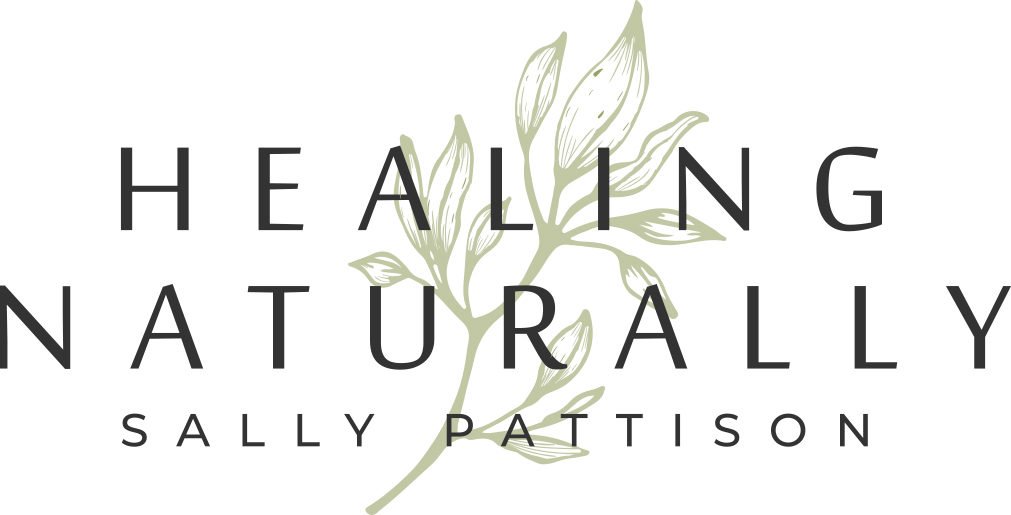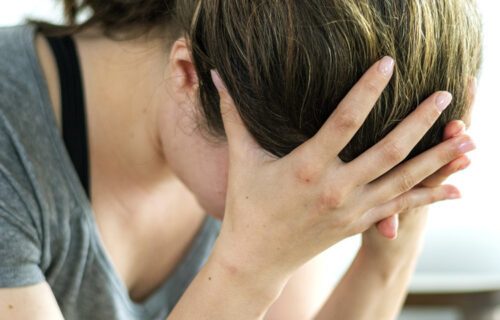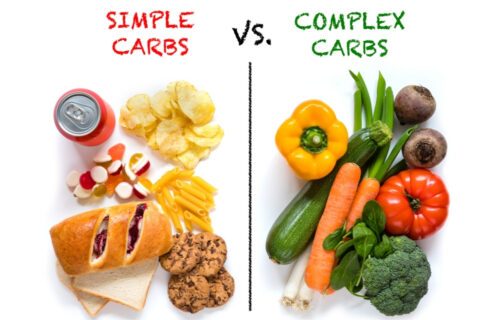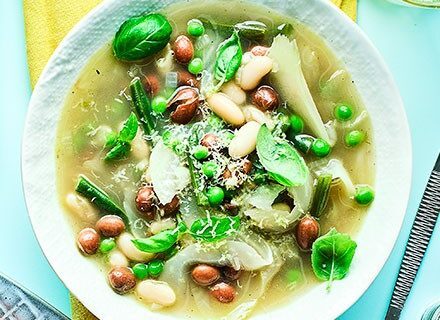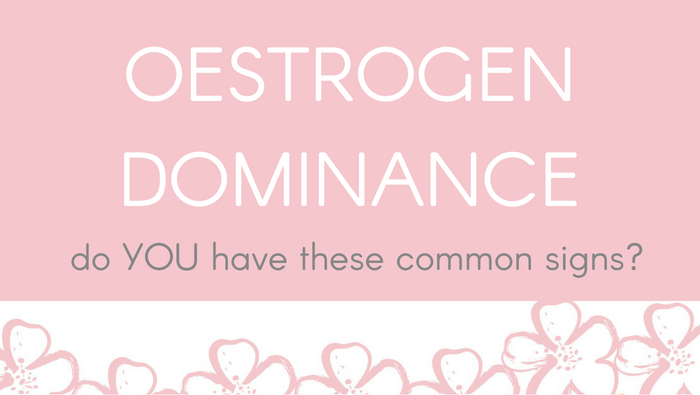
Oestrogen Dominance
What is Oestrogen?
Your body’s hormones are like a seesaw. When they’re perfectly balanced, your body works as it should. But when they’re unbalanced, you may begin experiencing symptoms.
Oestrogen is known as the “female” hormone. Testosterone is known as the “male” hormone. Although each hormone is identified with a specific sex, both are found in women and men. On average, women have higher levels of oestrogen and men have more testosterone.
In women, estrogen helps initiate sexual development (our girly parts – like boobs and bums). Along with another female sex hormone known as progesterone, it also regulates a woman’s menstrual cycle and affects her entire reproductive system.
In premenopausal women, estrogen and progesterone levels vary from one stage of the menstrual cycle to another. Oestrogen also affects our brain, heart and skin.
In men, estrogen also plays an important role in sexual function.
What Are The Symptoms of Oestrogen Excess?
Common symptoms of oestrogen excess may include the following:
- Breast tenderness
- Fibrocystic lumps in your breasts
- PMS
- Heavy periods
- Fibroids
- Endometriosis
- Acne
- Weight Gain
- Fluid retention
- Bloating
- Decreased sex drive
- Irregular menstrual periods
- Mood swings
- Headaches
- Anxiety and panic attacks
- Hair loss
- Cold hands or feet
- Trouble sleeping
- Sleepiness or fatigue
- Memory problems
Phew….
What Increases Oestrogen?
Oestrogen dominance or excess of oestrogen can happen at any age but the most common time period is between 35 and 50.
Did you know that in order for your body to process oestrogen it requires a two step
detoxification process through your digestive system and liver? Your liver requires several minerals, vitamins and protein to help bind to oestrogen and excrete it through the digestive system.
As your digestive system is a key organ for oestrogen elimination, it’s also important that you pay attention to the health of your microbiome which encompasses thousands of bacterial species. An unhealthy microbiome can allow bad bacteria to thrive, displacing beneficial bacteria and creating symptoms of poor digestive health.
If you experience signs of poor gut health such as constipation, loose bowel motions, bloating or gas it could be contributing to your oestrogen excess.
Your body may also develop low testosterone or low progesterone levels, which can upset your hormonal balance. If you have estrogen levels that are abnormally high relative to your progesterone levels, it’s known as estrogen dominance (or unopposed oestrogen).
It is about the gap and not the ‘amount’ of one or other – ie it is the relative ratio.
Factors That Increase Oestrogen
Other factors that can contribute to oestrogen excess include:
• Obesity: Having excess body weight can result in higher amounts of estrogen due to the fact that fat tissue produces estrone.
• Lack of fibre in the diet to bind to oestrogen and remove it through the bowel
• Alcohol excess: just one drink per day can increase blood levels of oestrogen
• Mineral deficiencies: of zinc, selenium, iodine and magnesium
• Vitamin deficiencies: of folate, B6, and B12
• Under-functioning thyroid: by slowing down oestrogen metabolism
• Bacterial overgrowth in the digestive system impairs oestrogen metabolism by making beta-glucuronidase, an enzyme that reactivates oestrogen
• Endocrine disrupting chemicals: pesticides, plasticisers (BPA), heavy metal toxicity which impair detoxification or oestrogen
Particular deficiencies of nutrients that are needed to metabolise hormones, such as Zinc, B-vitamins, and Magnesium, ironically are depleted through the use of synthetic hormones from contraceptives or HRT which means the body needs to work harder to metabolise these hormones and doesn’t have the nutritional support to assist in the efficacy and efficiency.
Some women, however, have genetic predispositions to poor hormone metabolism via pyrrole disorder and MTHFR genetic defect, which affects methylation – which
is the major process for oestrogen metabolism. The characteristic symptom
pattern for these women is that since early menstruation they have always had
issues with their hormones; and when prescribed any form of hormone treatment,
tend to get worse quickly.
Steps To Reduce Oestrogen Excess
1. Eat Phytoestrogen Rich Foods
Phytoestrogens found in soy and legumes provide a weaker form of oestrogen that
down regulates your total oestrogen load. They do this by binding to your oestrogen receptor and preventing estradiol (E2), a more potent oestrogen produced primarily by your ovaries from binding to the oestrogen receptor. By doing this it reduces the negative side effects associated with excess estradiol.
When eating soy, ensure you are consuming a non-genetically modified (non-GMO) soy and that it is derived from the whole soy bean such as tempeh.
Other legumes that contain phytoestrogens include chickpeas and mungbeans.
2. Reduce Your Alcohol Intake
As little as one alcoholic drink per day can increase your oestrogen levels, and unfortunately no type of alcohol is better than the other. This is also the reason for why regular alcohol consumption can increase the risk of breast cancer.
14 alcoholic drinks per week has been shown to increase the risk of breast cancer by 10% and 21 drinks by 30%. Reducing your total alcohol consumption during the week is imperative to reducing your total oestrogen.
Aim for several alcohol free nights per week. I usually recommend reducing your intake towards the weekend only and aim to have Monday – Thursday of alcohol free evenings.
3. Eat Magnesium Rich Foods or Supplement
Magnesium is an essential mineral for oestrogen detoxification, it also helps to reduce symptoms associated with oestrogen excess such as period pain. It does this by reducing inflammation and reducing muscular spasms.
Dietary sources of magnesium include: nuts, seeds (sunflower and pumpkin), green leafy vegetables and dark chocolate.
Magnesium supplementation: Not all magnesium supplements are made the same. Aim for a magnesium amino acid chelate, bisglycinate or citrate for better absorption.
4. Eat Cruciferous Vegetables Regularly
Cruciferous vegetables contain indol-3-carbinol, a constituent which supports the metabolism of oestrogen via the liver.
Food sources: broccoli, cauliflower, kale, cabbage, brussell sprouts, and watercress.
5. Aim for 30 g of fibre per day
Fibre is not only important for digestive health, but also assists oestrogen detoxification through the bowels. Eating a diet rich in plant foods will not only ensure you are receiving adequate amounts of fibre, but it will also provide a plethora of minerals and antioxidants required for liver detoxification.
Food sources high in fibre: lentils, apple and pear with the skins on, pinto beans, black beans, kidney beans, broccoli, kiwi fruit, quinoa, flaxseeds, brown rice, walnuts, sunflower seeds, prunes and carrots.
And minimise processed foods which have little to no fibre.
6. Support your Liver
Stimulating and maintaining good function allows for better digestion, detoxification and elimination.
Make sure you eat liver loving foods (mentioned above) and include bitter foods like cruciferous veg, lemon water, leafy greens etc Several herbal medicines are available to stimulate liver function. The best three are St Mary’s Thistle, Dandelion and Globe Artichoke.
Then there are several amino acids the body uses to improve liver metabolism of hormones. These are methionine, cysteine and taurine. All are sulphur amino acids and work specifically on hormonal metabolism.
7. Improve Hormone Metabolism – Improve your digestion
Assisting the body in this area through fermented LIVE bacteria and green compounds naturally high in Di-Indol-Methane (DIM) which has been shown to clear excessive oestrogen from the body.
Apart from increasing natural fibre in the diet, beneficial microbes are very important for overall gut health and hormone breakdown. Live cultures from fermented foods, kefir, kombucha and live culture yoghurt are invaluable to restore healthy digestive function and improve hormone excretion. These are all suggested in my program.
8. Balance the hormone control centre
Finally, you then need to correct the endocrine imbalance that has allowed the oestrogen dominance to occur. The hypothalamus and pituitary axis in the brain needs to be corrected and this is the function of my Hormone balancing program. There are many herbal remedies for differing symptoms – Vitex, Black Cohosh, Sage, St Johns Wort, Shepherds Purse, Shisandra…- and when the combination is correct, they have a unique impact on regulating the hormone control centre in the body.
But you have to have the foundations corrected and aligned for these amazing herbs to do their magic!
Holistic
It’s important to address hormonal imbalances from a holistic view of treating the body as a whole rather than focusing on the hormone itself. By simply using hormone therapy for symptom management, we are only band-aiding the issue. By working on the root cause of the issue and assessing all aspects that may be impacting health and working towards supporting the endocrine system and body as a whole, the best long term health outcomes will be possible.
Conventional
The standard approach for the past 20-30 years has been to look at the deficiency of progesterone rather than the excess of oestrogen. Hence the boom in progesterone creams. And to be honest, women feel an almost immediate improvement in their symptoms, because of progesterone buffering the excessive effect of the oestrogen.
The problem, however, is our natural production of progesterone halts as the body recognises it does not need to produce its own progesterone for homeostasis due to the external administration of the hormone. If the imbalances are not addressed from the root cause, further issues with thyroid develop and more weight can be gained along with other symptoms.
Summary
If you can understand the mechanisms why you feel the way you do, then it’s very powerful to be able to take back control of your health naturally, without the use of drugs. Balancing oestrogen dominance is also particularly important to avoid a difficult menopause because if you have been oestrogen dominant for many years, then there is a massive shift and your body will not produce any oestrogen at all. Getting the hormone control centre into balance before menopause will help you to manage this stage of life much more successfully.
To get these foundations right it is necessary to look at all aspects – your diet (not necessarily a restrictive weight loss diet, but a balanced wholefoods way of eating),
lifestyle (including the right exercise routine for YOU, rest and sleep quality) along with mindset (stress management, motivation, positive goal setting etc).
How Can I Find Out If I Have Oestrogen Excess?
You can have a DUTCH (Dried Urine Test for Comprehensive Hormones) hormonal testing that can help provide a clearer picture on whether oestrogen excess is a problem for you, and if there are any other hormonal imbalances such as progesterone deficiency or testosterone excess contributing to your current state of health.
But it isn’t always necessary to test straight away – there is a lot you can do beforehand.
